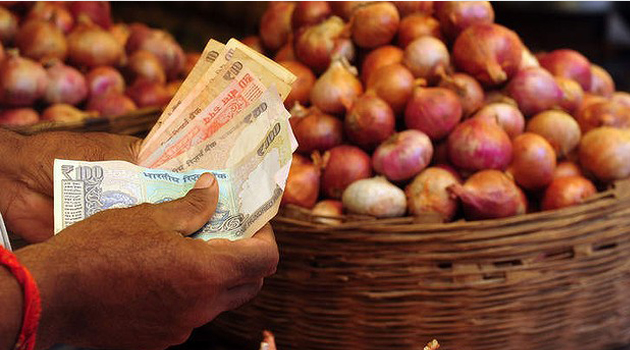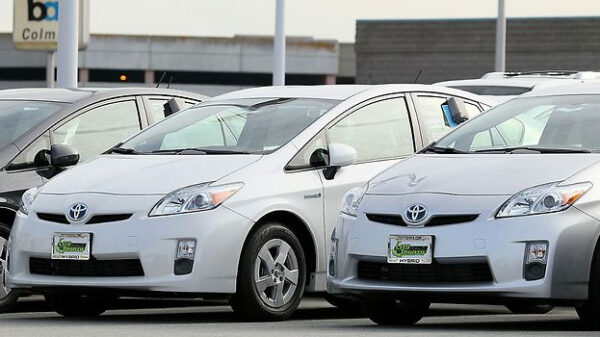
MasterCard East Africa Vice President James Wainaina says with increased adoption of electronic payments, merchants will enjoy more transactions as spending will not be limited to cash/FILE
MasterCard East Africa Vice President James Wainaina says with increased adoption of electronic payments, merchants will enjoy more transactions as spending will not be limited to cash.
“The market is shifting to be able to provide electronic payment services. Demand has already been created, so players on the supply side are working within the ecosystem to ensure that electronic payments become a reality,” Wainaina told Capital FM Business.
He said that the government’s decision to migrate to the cashless payment in all public institutions is also playing a major role with payments in the transport sector also migrating to cashless form.
“The other thing that is happening is that there are also a lot of contactless payment cards that are on issue, as well as tap-and-go devices that are also on the rise,” he explained.
He said that 2014 will be a year where contactless and tap-and-go devices are going to proliferate in the market.
“We have more than 12 million cards in this market but the usage of them is still very low so we still have an opportunity to sweat the existing merchant infrastructure even before we expand it and continue to create more demand for a near cashless society,” he said.
He projects that in 24 months, card volume spending will contribute the largest component than any form of electronic payment.
“Also from an e-commerce perspective, the landscape has regulations in place for us to begin to see a lot of activity on e- commerce and m-commerce and when people have electronic wallets the ability to trade online is greatly enhanced, that then begins to create the demand which pushes the supply,” he said.
He however said that there is still more to be done quoting statistics from 2012 that shows Kenya had an economy that was running on 97 percent cash transactions.
“The reason for that is a majority of transactions in this market are low value payments with the average transaction that’s done in cash estimated to be between Sh65 and Sh85 so we still have some work to do to ensure that we penetrate the low value payment so that you and I can go buy a newspaper in an electronic payment in a way that makes commercial sense for all the partners,” he said.
In November last year, public institutions were given up to April 1 to have electronic payment systems in place by the government; however this is yet to be realised.
All Public Service Vehicles (PSV) are also set to operate a cashless fare payment system commencing July 1, 2014.


































